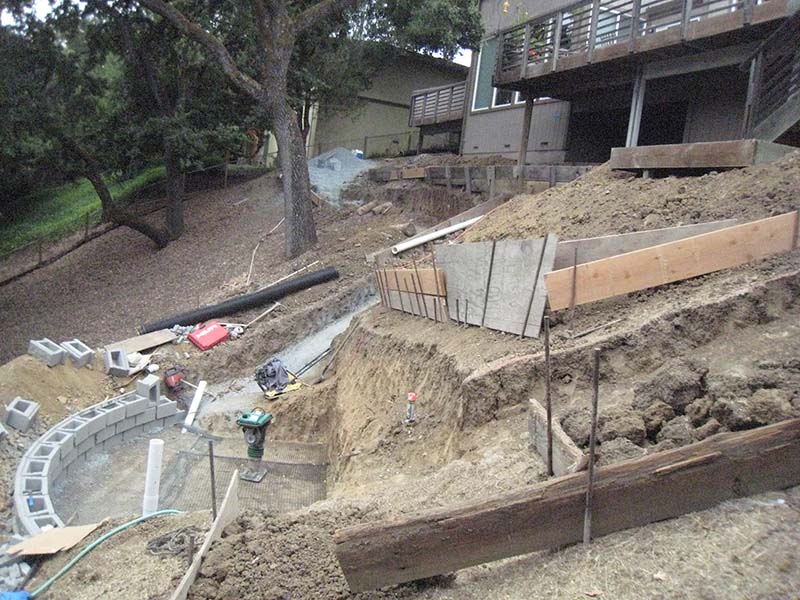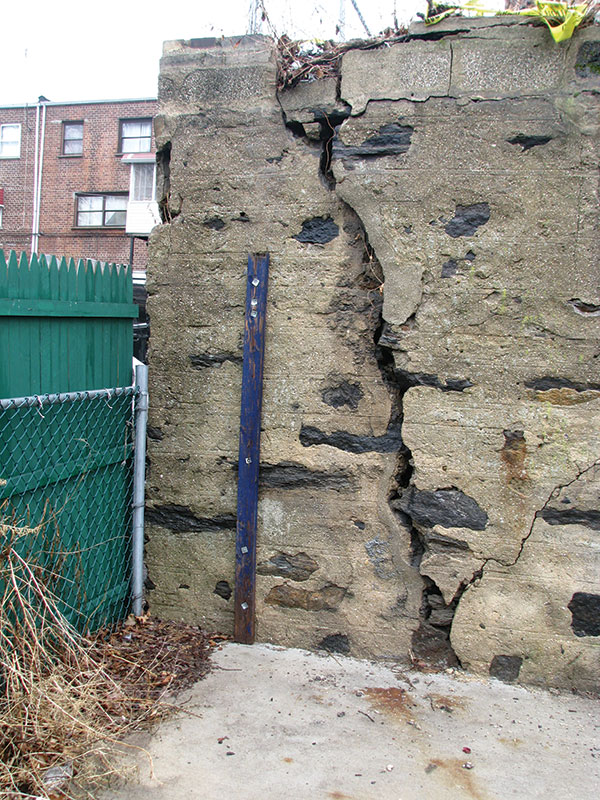An Unbiased View of Retaining Wall Inspections
Table of ContentsThe Single Strategy To Use For Retaining Wall InspectionsRetaining Wall Inspections Fundamentals ExplainedGetting The Retaining Wall Inspections To WorkThe 25-Second Trick For Retaining Wall Inspections
A wall with several proprietors might have one record submitted for all of the owners, however each private proprietor should send their very own filing charges. First filing: $355. 00Amended declaring: $130. 00Application for expansion of time to finish fixings: $260. 00 Late declaring: $250 each month, Failure to file: $1,000 per year, Failure to fix a hazardous condition: $1,000 monthly, prorated everyday If a risky condition is observed during the inspection, The proprietor has to repair the wall surface and/or take appropriate actions to secure the safety of the public.
There is no condo community property much more forgotten than its site walls. They literally enter into the landscape and seem to disappear, yet they are crucial to the wellness of the community. They are often called keeping wall surfaces or occasionally simply landscape structures, yet in the sloping insides of Maine or the rugged inclines of the coastline, these structures enable the very presence of some apartment communities.
They can be put concrete, steel, or lumber. They can be concrete block or stone or brick. They can be extremely tall or extremely brief. Whatever they are, if they fall short, they can be dangerous and costly to repair. A sensible premises board need to schedule regular inspections and also keep a log of repairs.
The 9-Second Trick For Retaining Wall Inspections
Heavy rainfalls or soil frost motion can have a significant result on a keeping wall surface in a short time. This can be due to the too much dirt loading behind the wall or the weight of the wall surface overwhelming the dirt problems below the wall surface.
Weep holes are made to lower this rise in hydrostatic pressure, however weep openings can be obstructed by debris or bewildered by the amount of water. Among the very first steps in the evaluation procedure is to observe the problems of the ground surface areas upslope of the retaining wall surface. Some wall surfaces have trench or various other sorts of drains to intercept the water wikipedia reference while some ground surface areas are made to quickly drain water over or around the wall prior to it can get in the ground behind the wall surface.

If they lean ahead or have indications of protruding in any places this could indicate excess back stress or failing in the underlying soils. Horizontal splits are typically much more serious than upright fractures. The first time this is noted it must be given the attention of the center manager or your designer.
Retaining Wall Inspections - Truths
Hardwood wall aspects can rot with age. Any kind of type of wall surface can crack as well as permit greenery issue to grow from either side of the wall surface. All roots, weeds, or other growth needs to be removed when found, as they can use considerable pressure to the fracture and also develop localized weakening of the wall.
Missing out on wall surface rocks or bricks can also be a sign of extreme creating problems. These missing aspects might damage the architectural integrity of the maintaining wall surface and also show excessive soil pressures anticipating future wall bulging, bowing, or bellying either vertically or horizontally - retaining wall inspections. As the original maintaining wall surface was made for details loading problems, any adjustments in the general distance of the wall surface must be taken into consideration.
This can include a road, parking area, or making use of road salts or deicers near the wall. It also consists of any kind of adjustments to the pattern of surface area water drain such as switching from a grassy surface to a mulched surface area. One of the subtlest wall surface failures is the actual movement of the slope itself.
For this factor, it is essential to site here record not just the wall but the peripheral locations in the area to ensure any movement uncommon is kept in mind as well as my company reported. Particularly note any ground activity at the foot of the maintaining wall. A visible wall surface is a risk-free wall.
Some Known Facts About Retaining Wall Inspections.
Most of available SRW devices are dry-cast machine-produced concrete. Traditional SRWs are classified as either solitary depth or numerous depth. The optimum wall elevation that can be built using a solitary depth device is directly proportional to its weight, size, unit-to-unit shear stamina as well as batter for any kind of provided dirt as well as website geometry conditions (retaining wall inspections).
7 MPa) for a standard of 3 devices with a minimum of 2,500 psi (17. 2 MPa) for a specific unit. When greater compressive toughness are specified, the evaluated ordinary internet area compressive stamina of 3 devices is required to equal or surpass the defined compressive strength, and the minimum needed solitary device strength is: the specified compressive strength minus 500 psi (3.
4): weight reduction of each of 5 examination samplings at the verdict of 100 cycles 1% of its initial weight; or weight-loss of each of 4 of the five examination specimens at the end of 150 cycles 1. 5 % of its preliminary weight. Day of inspection: Specialist: Job name: Designer: Address: Examiner: The SRW layout must be reviewed for general uniformity with relevant standards.